How building automation impacts health, efficiency, and indoor air quality in hospitals
How does building automation ensure hospitals are safe, secure, comfortable environments for everyone?




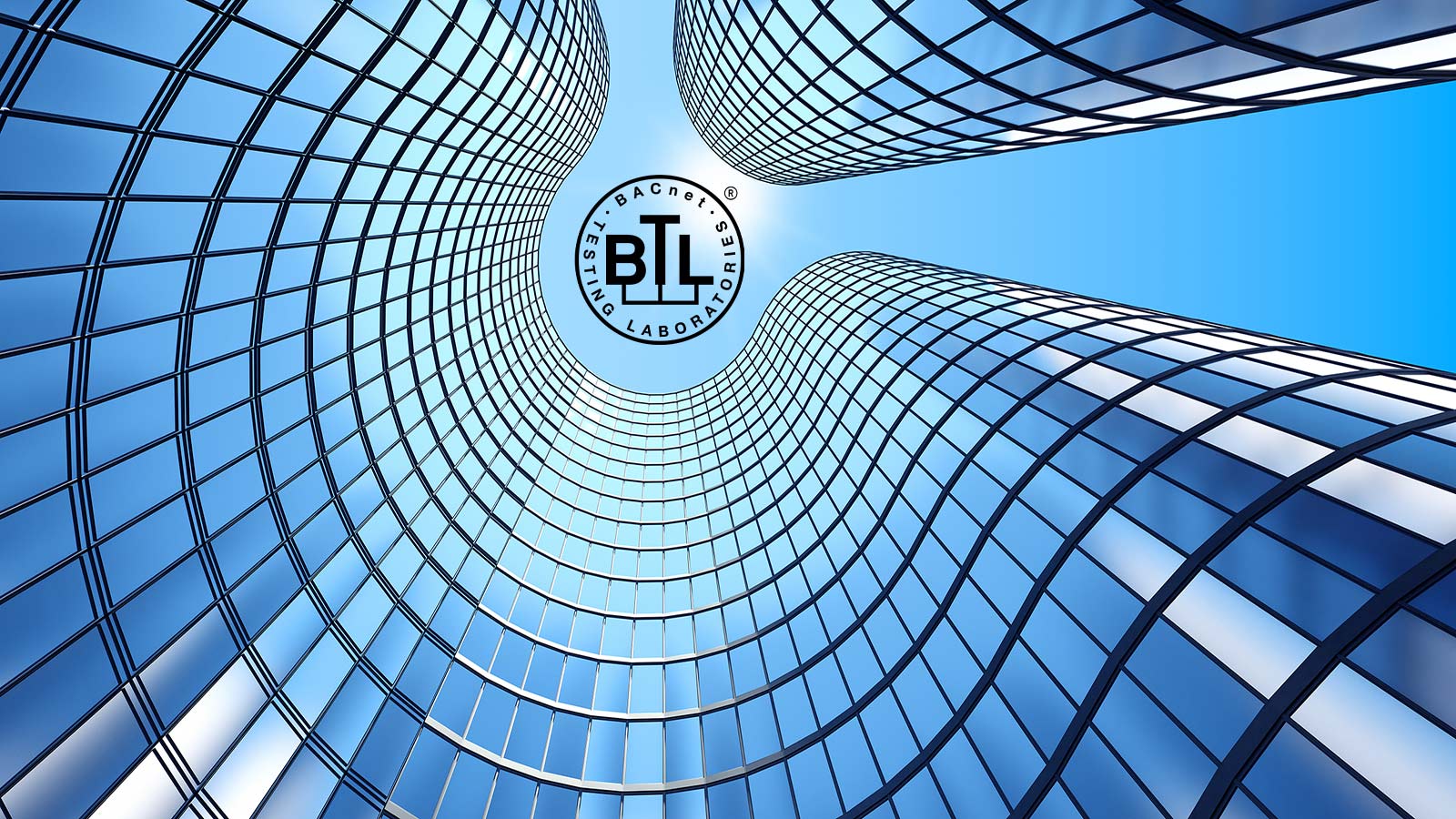
The need to decarbonize the buildings and construction sector has never been more urgent. It seems every week we are witnessing a new environmental disaster due to our desire to maintain the status quo.

Halting the momentum of climate change requires many years of unity and corrective action. In Canada we are making progress. According to recently published inventory data from the Canadian Climate Institute, Canada’s emissions in 2021 declined 8.4 percent below 2005 levels. The greatest emissions reduction in an individual sector was in the built environment, with a 2.2 percent reduction over 2020, despite an increase in economic growth of 4.6 percent. Yet even with improved construction standards, evolving green building ratings, and advancements in material science and technology, many in our industry are still hesitant to adopt practices that holistically optimize the built environment.
The World Green Building Council’s global directory of green building councils includes 75 of the world’s 195 countries, and every country on the planet is now a member of the United Nations, which is banging the drum of unity as loud as it can to promote 17 sustainable development goals. Many of these goals are directly or indirectly linked to the built environment.
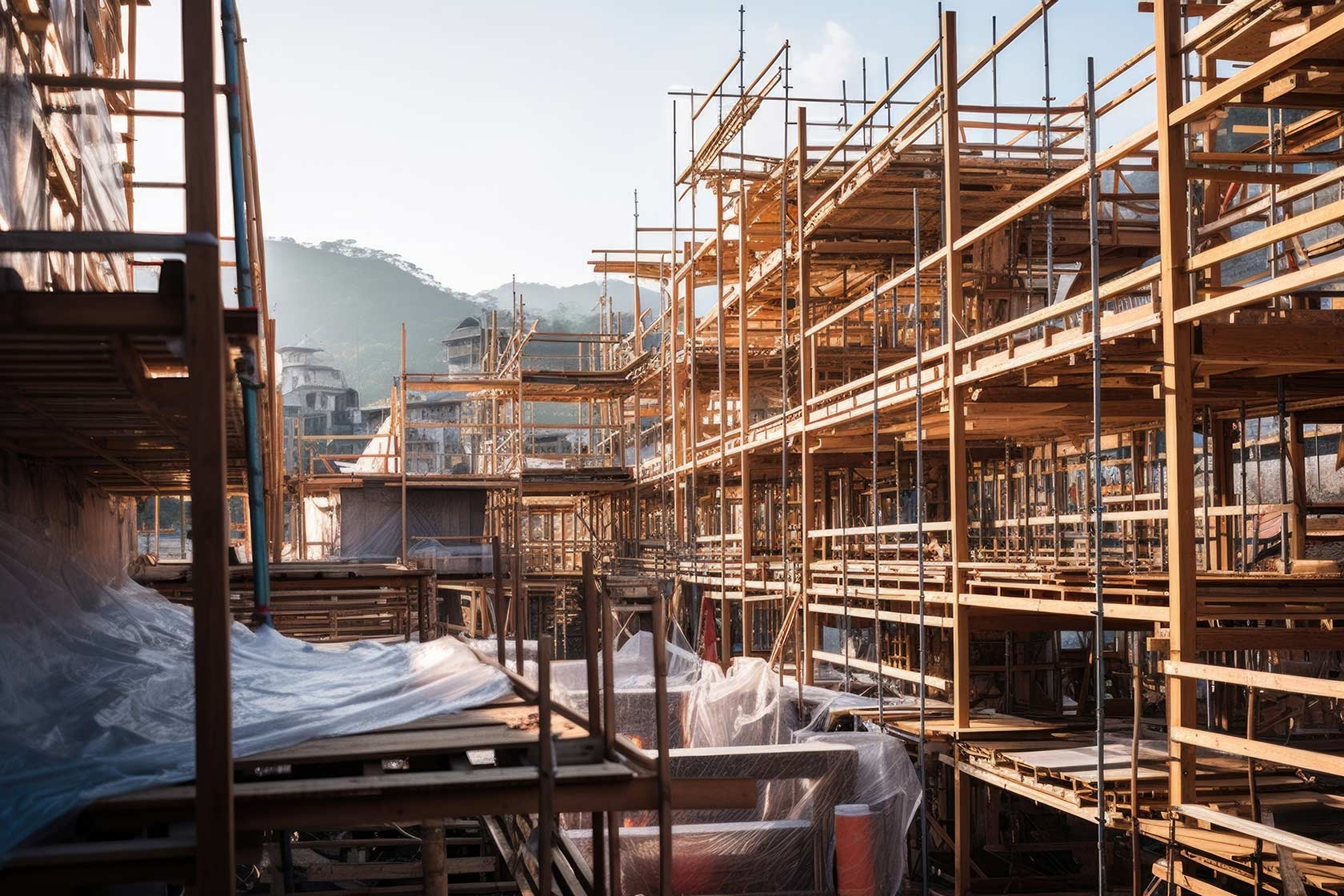
A recent visit to Asia Pacific with industry professionals who manage large portfolios of commercial properties in Southeast Asia and Australia revealed a stubborn polarization in our industry: a stalemate between those who understand how today’s automation systems deliver a holistic user experience on a single pane of glass and those who continue to support multiple software solutions that operate in silos to separately manage a building’s security, lighting, HVAC, and other assets. Operating security, lighting, and HVAC in silos creates a barrier to sharing information and undermines a necessary condition for sustainability: interoperability. Silos can also lead to increased capital costs to purchase software, servers, and security as well as increased operational costs to hire staff who must continually train to maintain their knowledge of each system. It’s not surprising the struggle to integrate different operating systems can lead to frustration and surrender, returning the status quo to complacency.
To help overcome integration fatigue and failure, all stakeholders in our industry could implement a building automation and control network protocol that is broadly adopted across the globe and validated through independent testing laboratories. The BACnet protocol ticks these boxes, yet we still see specifications written for BACnet compliant devices rather than BACnet Listed devices—those that bear the BACnet Testing Laboratories mark. Installing BACnet Listed devices helps minimize the time and effort stakeholders spend integrating systems and provides an effective road map for designers and operations staff. BACnet training courses, resource materials, and community forums are available on the BACnet Institute’s website free of charge.
As professionals in the design, development, construction, and operation of the built environment, we have contributed significantly to the climate crisis. It is incumbent on us to help the world get through the mess we’re in. Viewing the built environment holistically is a proven strategy. The design, construction, and operation of net-zero buildings implicitly accounts for the cumulative life-cycle impacts of our daily activities. Let’s not take refuge in the traditional practices of our industry that delivered unsustainable solutions. Instead, step up and specify BACnet Listed devices in your design requirements and specifications. In doing so you take an important first step in laying a strong foundation of interoperability in the built environment that will return long life cycles and empower operators to stand confidently at the helm of sustainability.


How does building automation ensure hospitals are safe, secure, comfortable environments for everyone?
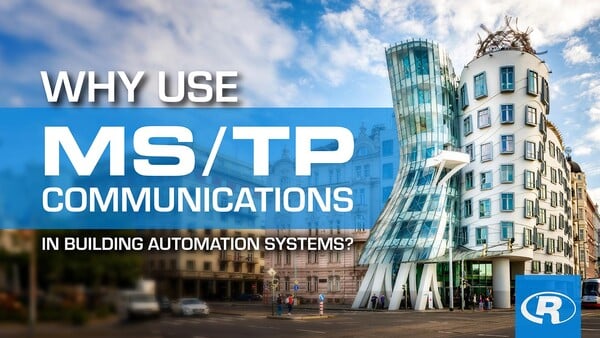
Learn when and why MS/TP communication is helpful in building automation systems.

From the moment you park your car at a hockey arena, your comfort and safety are enhanced through a building automation system. Here’s how.
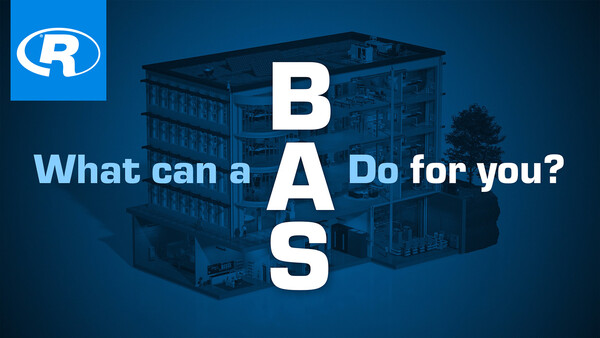
Building automation systems can make buildings truly intelligent, reducing their carbon footprint and saving money. Learn how.

Ever wonder how a building automation system ensures safety and accuracy in lab work?

Museums—and their building automation systems—play an important role in preserving the preserved. Learn how.
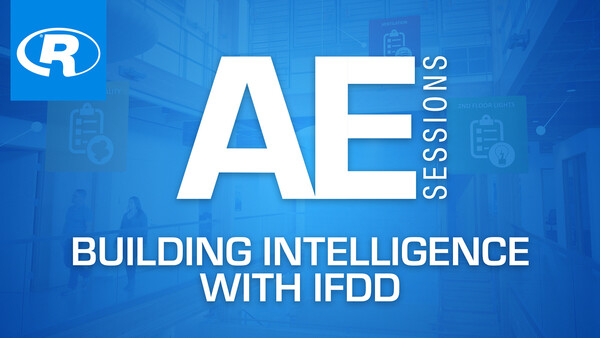
When you see a doctor or personal trainer, you benefit from their knowledge and experience. In the same way, a building automation system should provide all the tools you need to maintain your buildings in optimal health.
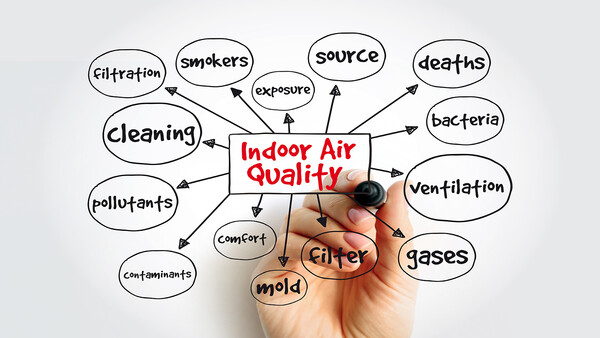
What are you doing to mitigate the transmission of viruses indoors? Learn what measures you can take and how your smart building provides more information and control for IAQ concerns.